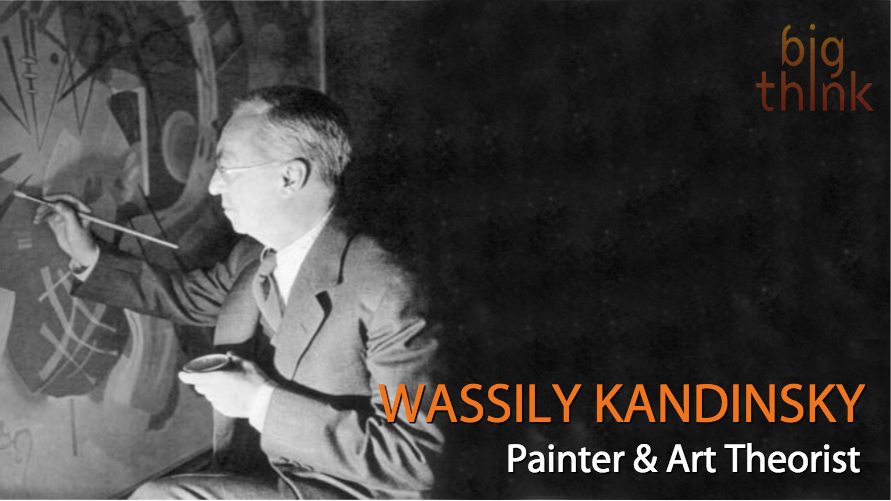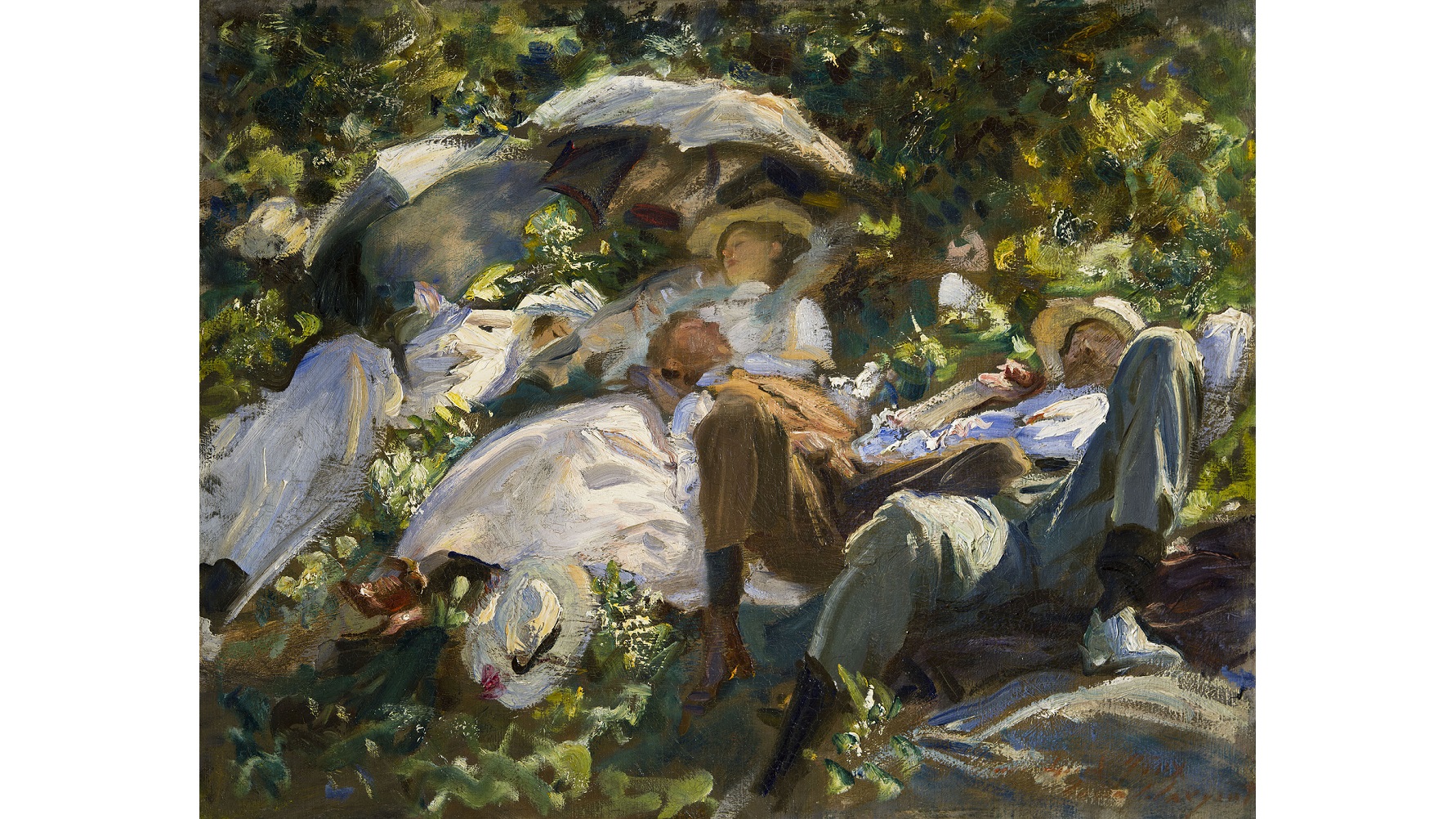Just open your eyes, full-screen it, and watch. https://www.youtube.com/watch?v=PD2XgQOyCCk “Exploring this set I certainly never had the feeling of invention. I never had the feeling that my imagination was rich […]
Search Results
You searched for: color
The unique sight of a comet only scratches the surface of an amazing story. “Without any doubt, the regularity which astronomy shows us in the movements of the comets takes […]
Govert Schilling’s new book deserves a place in everyone’s life. “Imagination will often carry us to worlds that never were. But without it we go nowhere.” –Carl Sagan Imagine the […]
Is looking for radio transmissions in space like claiming the lack of smoke signals means there are no modern humans? “[W]hat Fermi immediately realized was that the aliens have had […]
Will Britain leave the EU? Would Maggie abandon Marge?
At some point, a star’s core runs out of fuel. Then what? “Man loves company — even if it is only that of a small burning candle.”–Georg C. Lichtenberg You normally think […]
“When I think of art, I think of beauty. Beauty is the mystery of life,” minimalist artist Agnes Martin once explained. “It is not in the eye; it is in my mind. In our minds there is awareness of perfection.” In the first comprehensive survey of her art at the Tate Modern, in London, England, the exhibition Agnes Martin strives to guide viewers to that “awareness of perfection” Martin strove to embody in her minimalist, geometrically founded art. Rather than the cold, person-less brand of modernist minimalism, Martin’s work personifies the warm humanity of Buddhist editing down to essentials. At the same time, surveying Martin’s art and thinking allows us to revisit the feminist critiques of minimalism and shows how Martin’s stepping back from the bustle of the New York art scene freed her to find “a beautiful mind” — not just for women, but for everyone.
“Every work of art is the child of its age and, in many cases, the mother of our emotions.”
Have you ever emerged from the supermarket and wondered why you bought so many things not on your list? Congratulations, you’ve likely been manipulated!
The most powerful telescope in history will never see the farthest galaxy. “No distance of place or lapse of time can lessen the friendship of those who are thoroughly persuaded […]
The 70th anniversary of the dropping of atomic bombs on the Japanese cities of Hiroshima and Nagasaki will undoubtedly be accompanied by images of the “mushroom clouds” that rose over both cities. Terrible and sublime, these images burned themselves into the consciousness of “the greatest generation” and every generation since that’s lived with both the legacy of nuclear war and the reality of nuclear energy. A new exhibition at the Art Gallery of Ontario titled Camera Atomica looks deeply at the interrelated nature of photography and nuclear war and peace to come away with a fascinating glimpse of the calculatedly manufactured “atomic sublime” — the fascination with such terrible power at our command that simply won’t let us look away.
Computer science curriculum must be adopted by K-12 schools in order to increase diversity in the tech sector.
Language conveys a lot about who we are and how we perceive the world. In terms of human migration, we give out the label of expat or immigrant to foreign migrants, and each word has its own connotation.
Researchers have studied how towns, less influenced by tech, sleep. They’ve found these people’s wake/sleep cycles mimic the sun’s. So, what can be done to save the tech-addicted cities?
A new group unaffiliated with the Girl Scouts of America empowers young girls to advocate against racial inequality.
To keep you safe from harm, the British government has prepared 47 maps of areas around the world you should avoid.
An exposé in this week’s issue of The New Yorker on the surprising depth of jihadist poetry should be required reading for everyone on the swelling list of candidates for president […]
The death of any given person is just a lack of connectedness to future experiences.
Director Shiho Fukada sheds light on a growing problem in Japan, internet café refugees. For most temporary workers, a stall in one of these net cafés is all they can afford.
Catch MIT scientist Sara Seager take you to the cutting edge and into the future, with a live blog (plus commentary) right here! “Hundreds or thousands of years from now, […]
After reading Mike Slosberg’s gripping page-turner, you will never again view the idealistic process of adoption in quite the same light.
The standard line against painter John Singer Sargent goes like this: a very good painter of incredible technique, but little substance who flattered the rich and famous with decadently beautiful portraiture — a Victorian Andrea del Sarto of sorts whose reach rarely exceeded his considerable artistic grasp. A new exhibition of Sargent’s work and the accompanying catalogues argue that he was much more than a painter of pretty faces. Instead, the exhibition Sargent: Portraits of Artists and Friends and catalogues challenge us to see Sargent’s omnivorous mind, which swallowed up nascent modernist movements not just in painting, but also in literature, music, and theater. Sargent the omnivore’s dilemma thus lies in being too many things at once and tasking us to multitask with him.
Ever spot a neat typeface you couldn’t name? Identifying new and exciting fonts is easy with the correct tools.
Ninety years ago, America invented the Human Map, an art form now dominated by India.
Nutrition Facts on food packages require some study in order to understand what it all means. The UK seeks to implement a new system, but it may make a diet soda look healthier than a basket of strawberries.
The “constant points of light” in the sky are often anything but. “To be is to be the value of a variable.” –Willard Van Orman Quine We look up at […]
Keats explains an experiment in which he opened a restaurant for plants and how it helped spur an exploration of cuisine as cultural trademark.
▸
8 min
—
with
Reverse the Odds, a mobile game developed by Cancer Research UK and Channel 4, invites users to find patterns in real tumor tissue in order to help scientists learn more about cancer.
If String Theory has nothing to do with reality, what are our options? “I just think too many nice things have happened in string theory for it to be all […]
Journalists often hype the most alarming aspects of the news. In the process, they sometimes create and reinforce common fears that far exceed the actual danger.




















